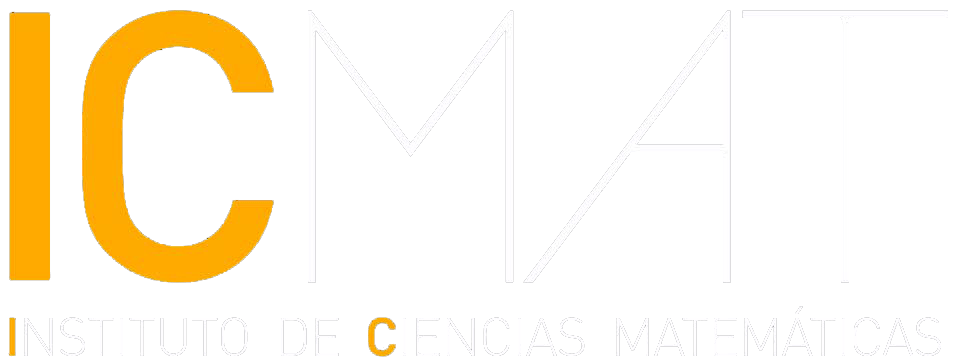Authors: Jonas Azzam, Steve Hofmann, José María Martell (ICMAT-CSIC), Mihalis Mourgoglou and Xavier Tolsa
Source: Inventiones Mathematicae
Date of publication: 2020
Review:
The celebrated 1924 Wiener criterion provided the necessary and sufficient conditions on the geometry of the domain responsible for the continuity of harmonic functions at the boundary. That is, the conditions needed to solve the Dirichlet problem for Laplace’s equation with continuous boundary data, and with continuity of the solutions up to the boundary. In this recent work, J. Azzam, S. Hofmann, J.M. Martell, M. Mourgoglou, and X. Tolsa address the analogous issue in the case of singular data. To be more precise, they provide a purely geometric characterization of the open sets for which Lp solvability holds, for some p < ∞, and with non-tangential convergence to the data almost everyhere, thus allowing for singular boundary data.
Solvability of the Lp Dirichlet problem is fundamentally tied to quantitative absolute continuity of harmonic measure with respect to surface measure on the boundary: indeed, it is equivalent to the so-called “weak-A∞” property of the harmonic measure. It is through this connection to quantitative absolute continuity of harmonic measure that the authors obtain the geometric characterization of the Lp solvability.
The study of the relationship between the geometry of a domain, and the absolute continuity properties of its harmonic measure, has a long history. The classical result of F. and M. Riesz, Lavrentiev’s quantitative extension, and Bishop and Jones’ local version dealt with the complex plane. Higher dimensional results are due to Dahlberg in Lipschitz domains and, in the setting of Chord-arc domains by David and Jerison, and independently by Semmes. In all these results, the domains under consideration satisfy two main geometric conditions. The first one is related to the regularity of its boundary expressed via its rectifiability or its uniform rectifiability. The second one concerns the topology of the domain and involves some strong connectivity.
The work of S. Hofmann, P. Le, J.M. Martell, and K. Nyström established that the “weak-A∞” property of the harmonic measure implies that the boundary of the domain is uniformly rectifiable. On the other hand, in light of the example of Bishop and Jones, and on account of the aforementioned connection to solvability of the Dirichlet problem, it has been an important open problem to determine the minimal connectivity assumption, which, in conjunction with uniform rectifiability of the boundary, yields quantitative absolute continuity of harmonic measure with respect to surface measure.
In the present work, the authors consider a connectivity condition called the weak local John condition, and which solves this problem. This condition says, roughly speaking, that from each point in the domain there is local non-tangential access (via a “carrot-path”) to an ample portion of a surface ball at a scale on the order of its distance to the boundary. Thus, the authors obtain a geometric characterization of the domains for which one has quantitative absolute continuity of harmonic measure; equivalently, for which one has solvability of the Dirichlet problem with singular (Lp) data. In fact, they provide two geometric characterizations of such domains, one in terms of uniform rectifiability combined with the weak local John condition, the other in terms of approximation of the boundary in a big pieces sense, by boundaries of chord-arc subdomains. This characterization is shown in the presence of background hypotheses –an interior corkscrew condition and Ahlfors–David regularity of the boundary– that are in the nature of best possible, in the sense that there are counter-examples in the absence of either of them.


